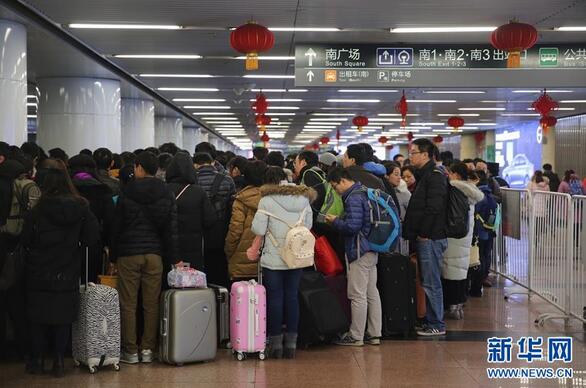China continues yellow alert for storm
The national observatory renewed its yellow storm alert Saturday morning as it expects heavy rain to continue sweeping across the country’s eastern and southern regions.
From Saturday to 8 a.m. Sunday, parts of Anhui, Jiangsu, Zhejiang, Jiangxi, Hunan and Guizhou provinces will experience storms, with up to 140 millimeters of rain, the National Meteorological Center said.
The center warned that some of the above mentioned regions will likely see severe weather, such as thunder or hail, predicting hourly precipitation of up to 60 millimeters, or even over 80 millimeters per hour in some areas.
Local authorities should take emergency measures, suspend outdoor activities and guard against potential disasters including mountain floods and landslides, it said.
China has a four-tier color-coded weather warning system, with red representing the most severe warning, followed by orange, yellow and blue.
A level-four emergency response was initiated by China Meteorological Administration Friday evening, the lowest in the country’s four-grade emergency response system, which requires monitoring and timely reports.
